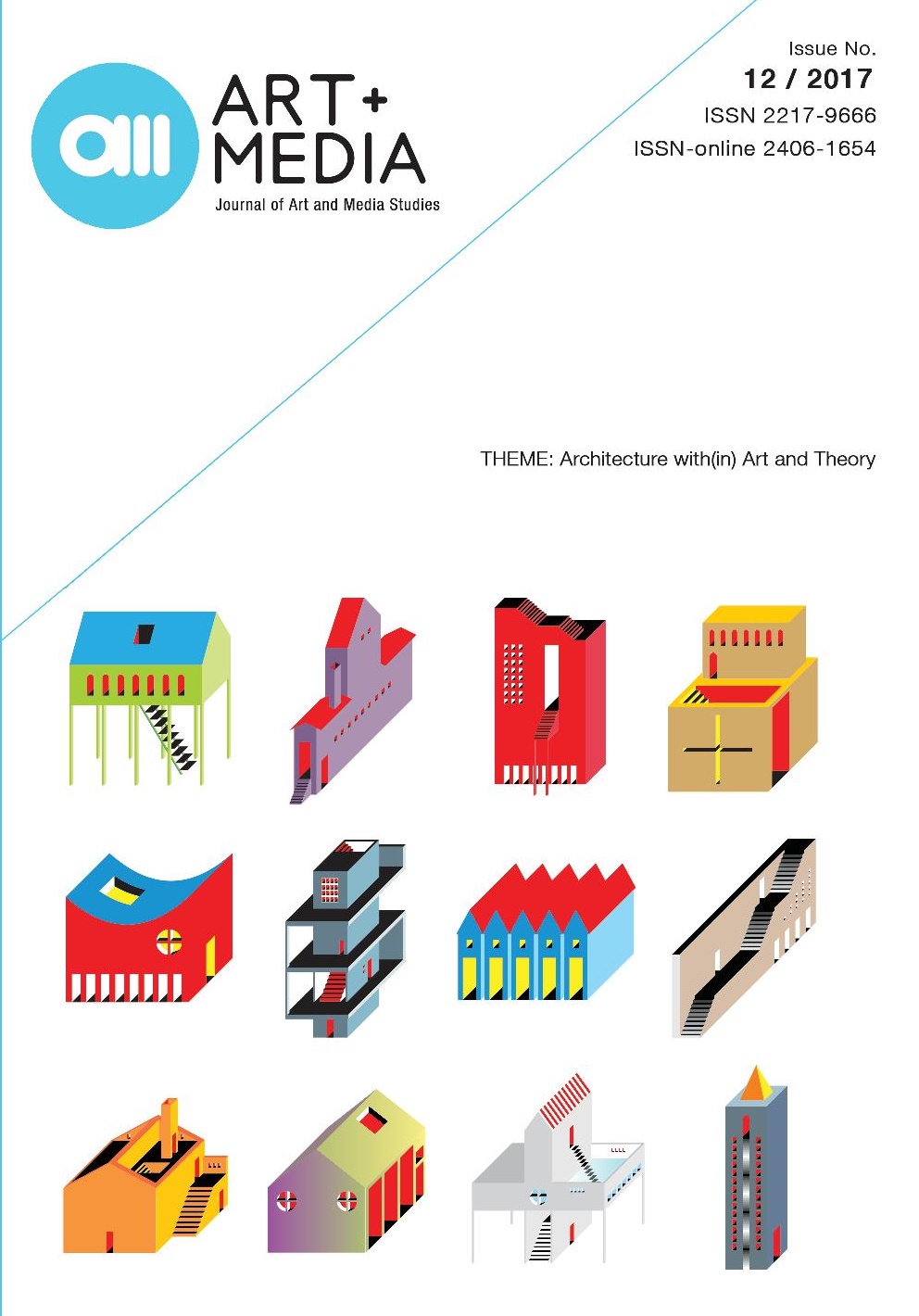Disparate Vision: Preston S. Cohen’s Lightfall
Disparate Vision: Preston S. Cohen’s Lightfall
Author(s): Željka PješivacSubject(s): Architecture
Published by: Fakultet za medije i komunikacije - Univerzitet Singidunum
Keywords: pure gaze; disparate vision; Guggenheim; Lightfall
Summary/Abstract: This study investigates the relationships between the geometry of space, theory of perception and theory of narrative in the context of Preston Scott Cohen’s Lightfall – the atrium space of the Tel Aviv Museum of Art in Israel. The starting premise of the study is that it is possible to see the atrium space of the Tel Aviv Museum of Art as an inversion of the atrium space of Frank Lloyd Wright’s Guggenheim Museum in New York. Hence, the main hypothesis is that Cohen’s Lightfall transgresses the language of modernist architecture, moving from the constitution of exhibition space for pure gaze to the constitution of exhibition space for disparate vision. This means breaking with the homogeneous, universal space and time concepts of totalitarianism with the aim of building space-time concepts based on a disjunctive synthesis of narratives, ideologies and discourses of different societies, cultures and arts, or building space-time concepts in a continuous process of becoming. How does the architecture of Cohen’s Lightfall reject the totalitarian modernist interior of the museum as an institution designed solely for the observation of the work of art? How is the theory and practice of contemporary art and culture reflected in the aesthetics of Lightfall and, vice versa, how do the aesthetics of Lightfall influence the practice of contemporary art, culture and society? In other words, in what way does Cohen’s atrium space set the work of art not as autonomous, isolated, neutral and without context but as a unit of discourse? How does Cohen make the transition from the constitution of artistic space for pure gaze to the constitution of artistic space for disparate vision? This study draws on the theoretical investigations of Gilles Deleuze, Felix Guattari, Jacques Derrida, Gilbert Simondon and Pierre Bourdieu.
Journal: AM Časopis za studije umetnosti i medija
- Issue Year: 2017
- Issue No: 12
- Page Range: 71-80
- Page Count: 10
- Language: English

